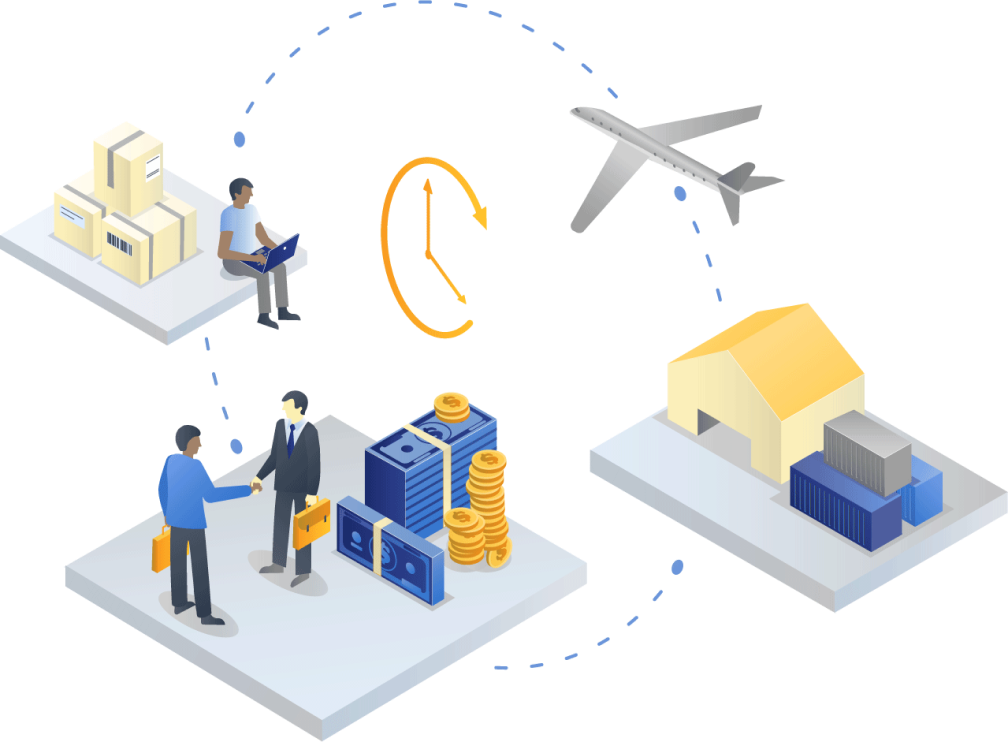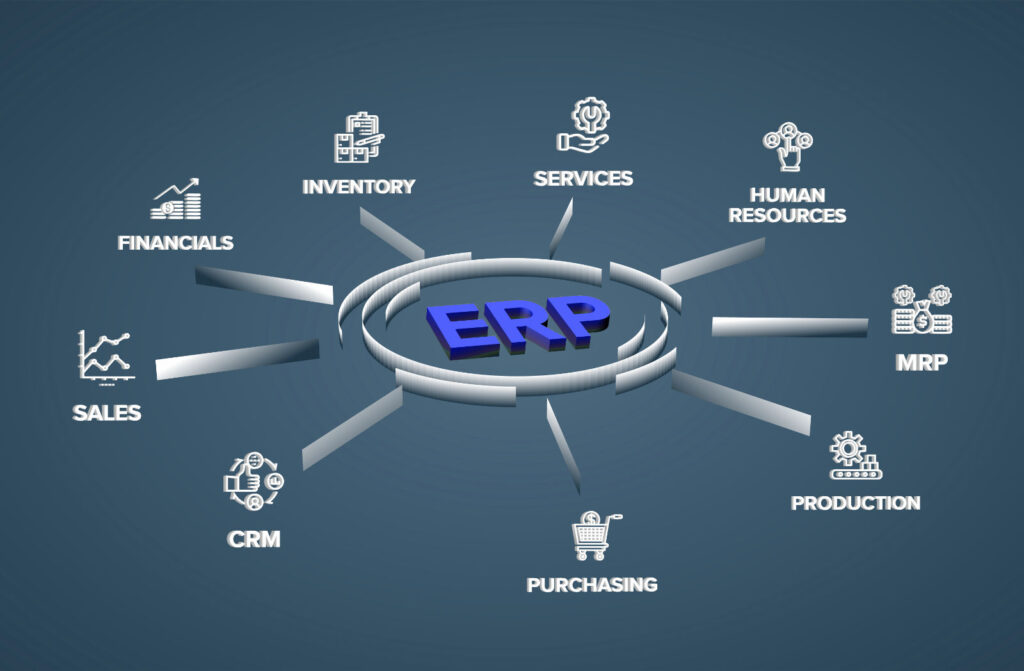Maintenance, Repair, and Operations (MRO) play a crucial role in ensuring the smooth functioning of businesses across various industries. To effectively manage and optimize MRO processes, many organizations are turning to MRO Enterprise Resource Planning (ERP) systems. In this article, we will explore the benefits, features, and implementation of an MRO ERP system, and how it can enhance efficiency and streamline maintenance operations.
Introduction: Understanding MRO ERP System
In today’s fast-paced business environment, companies face the challenge of efficiently managing their maintenance, repair, and operations activities. An MRO ERP system is a comprehensive software solution designed to address these challenges by integrating various MRO processes into a single, unified platform. It provides organizations with a centralized system to streamline maintenance operations, track inventory, manage work orders, and optimize resource utilization.
Table of Contents
Benefits of Implementing an MRO ERP System
Implementing an MRO ERP system offers several significant benefits for organizations:
Improved Operational Efficiency
By automating manual processes and providing real-time visibility into maintenance operations, an MRO ERP system enables organizations to achieve greater operational efficiency. It helps eliminate redundant tasks, reduces paperwork, and minimizes errors, leading to increased productivity and cost savings.

Enhanced Inventory Management
An MRO ERP system provides accurate and up-to-date inventory data, allowing organizations to optimize stock levels, streamline procurement processes, and reduce inventory carrying costs. By ensuring the availability of spare parts and materials when needed, minimizes equipment downtime and improves maintenance responsiveness.
Streamlined Work Order Management
With an MRO ERP system, organizations can efficiently manage work orders throughout their lifecycle. From creating and assigning work orders to tracking progress and documenting completion, the system ensures proper workflow management, resource allocation, and timely maintenance execution.
Data-Driven Decision Making
MRO ERP systems offer robust reporting and analytics capabilities, providing organizations with valuable insights into maintenance performance, equipment reliability, and resource utilization. By leveraging data-driven decision-making, companies can optimize maintenance strategies, identify trends, and proactively address potential issues.
Key Features of an MRO ERP System
An effective MRO ERP system encompasses various essential features to support maintenance operations:
Asset Management
Asset management functionality enables organizations to efficiently track and manage their equipment, machinery, and other assets. It includes features such as asset tracking, maintenance history, preventive maintenance scheduling, and condition monitoring.
Inventory Control
Inventory control features allow organizations to manage spare parts and materials effectively. This includes inventory tracking, stock replenishment, vendor management, and integration with procurement processes.
Work Order Management
Work order management capabilities facilitate the creation, assignment, and tracking of work orders. It enables organizations to prioritize tasks, allocate resources, and monitor progress, ensuring efficient execution of maintenance activities.
Reporting and Analytics
MRO ERP systems offer comprehensive reporting and analytics tools to monitor key performance indicators (KPIs), generate maintenance reports, and analyze data trends. This helps organizations gain valuable insights and make data-driven decisions.

Implementing an MRO ERP System: Best Practices
Implementing an MRO ERP system requires careful planning and execution. Here are some best practices to consider:
Define Objectives and Scope
Clearly define the objectives and scope of the MRO ERP system implementation. Identify key pain points, desired outcomes, and measurable goals to ensure a successful implementation.
Engage Stakeholders
Involve stakeholders from different departments, including maintenance, IT, procurement, and finance, in the implementation process. Their input and collaboration are vital for a successful deployment.
Conduct Adequate Training
Provide comprehensive training to users on the MRO ERP system’s functionalities and workflows. This will ensure that employees are equipped with the necessary skills to effectively utilize the system.
Data Migration and Integration
Ensure smooth data migration from existing systems and integration with other enterprise systems, such as financial management and supply chain management, to maintain data integrity and avoid duplication.
Continuous Improvement
Regularly review and assess the system’s performance, gather user feedback, and identify areas for improvement. Implementing a culture of continuous improvement will drive long-term success and optimization.
Overcoming Challenges in MRO ERP System Implementation
Implementing an MRO ERP system can present challenges. Some common hurdles and ways to overcome them include:
Change Management
Resistance to change is a common challenge during system implementation. To overcome this, organizations should communicate the benefits of the new system, provide adequate training and support, and involve employees in the decision-making process.
Data Quality and Integration
Ensuring data quality and seamless integration with existing systems can be challenging. It is essential to establish data validation processes, perform thorough testing, and engage experienced IT professionals to manage integration complexities.
Scalability and Flexibility
Organizations should choose an MRO ERP system that can scale with their growing needs and accommodate future requirements. Scalability and flexibility are crucial to ensure the system’s longevity and adaptability to evolving business demands.

Future Trends in MRO ERP Systems
The MRO ERP system landscape is continuously evolving, driven by technological advancements and changing industry needs. Some emerging trends include:
Integration with Internet of Things (IoT) technology for real-time asset monitoring and predictive maintenance.
Artificial Intelligence (AI) and Machine Learning (ML) capabilities for intelligent fault diagnosis and optimized resource allocation.
Cloud-based MRO ERP solutions that offer scalability, accessibility, and cost-effectiveness.
Mobile applications for remote access and on-the-go maintenance management.
Conclusion
In conclusion, implementing an MRO ERP system can significantly enhance efficiency and streamline maintenance operations for organizations. With features such as asset management, inventory control, and work order management, these systems provide a centralized platform for optimizing MRO processes. By leveraging real-time data, organizations can make informed decisions, reduce costs, and improve overall maintenance performance.
FAQs (Frequently Asked Questions)
What is an MRO ERP system?
An MRO ERP system is a comprehensive software solution that integrates various maintenance, repair, and operations processes into a single platform, enabling organizations to streamline and optimize their maintenance operations.
What are the benefits of implementing an MRO ERP system?
Implementing an MRO ERP system offers benefits such as improved operational efficiency, enhanced inventory management, streamlined work order management, and data-driven decision-making.
What are the key features of an MRO ERP system?
Key features of an MRO ERP system include asset management, inventory control, work order management, and reporting and analytics capabilities.
What are some best practices for implementing an MRO ERP system?
Best practices include defining objectives and scope, engaging stakeholders, conducting adequate training, ensuring data migration and integration, and fostering a culture of continuous improvement.
What are the future trends in MRO ERP systems?
Future trends include integration with IoT technology, AI and ML capabilities, cloud-based solutions, and mobile applications for remote access.






